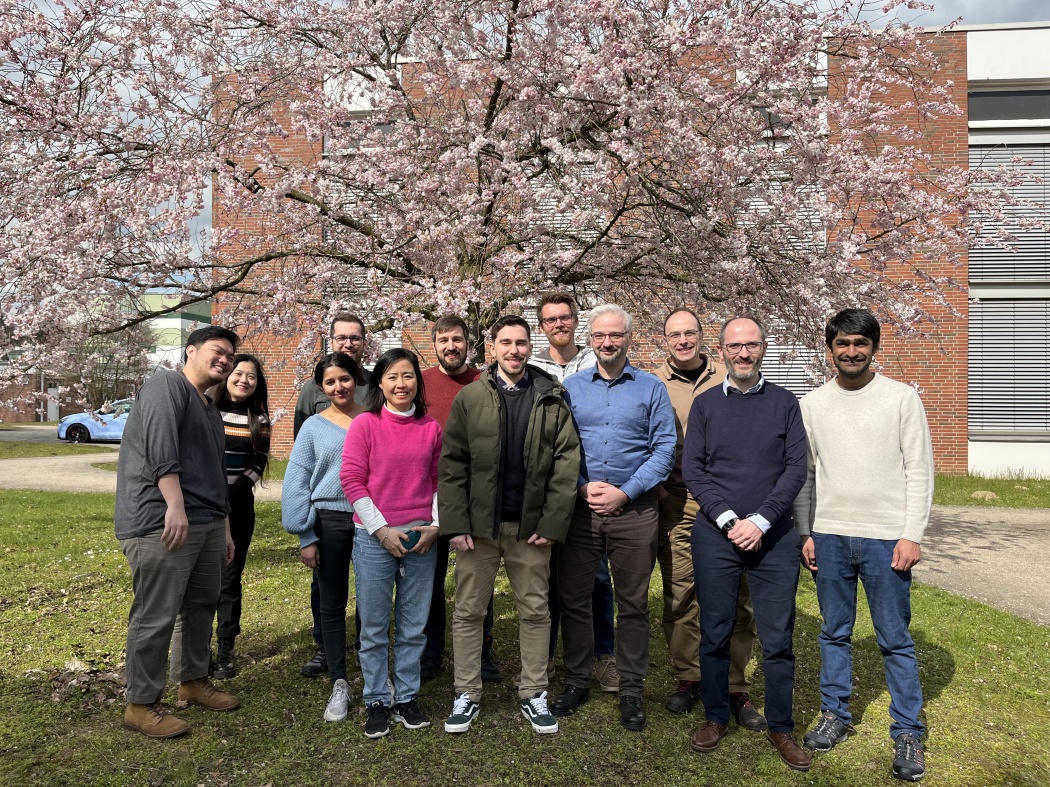Materials Design
Our energy systems have to become more sustainable, more efficient and more resource saving. This requires developing novel materials with special properties. The “Materials Design” department develops innovative functional materials based on metal hydrides and light metal hydride composites for applications in energy technology, such as for hydrogen storage. For this purpose, we use sophisticated experimental procedures as well as advanced computer-based methods.

